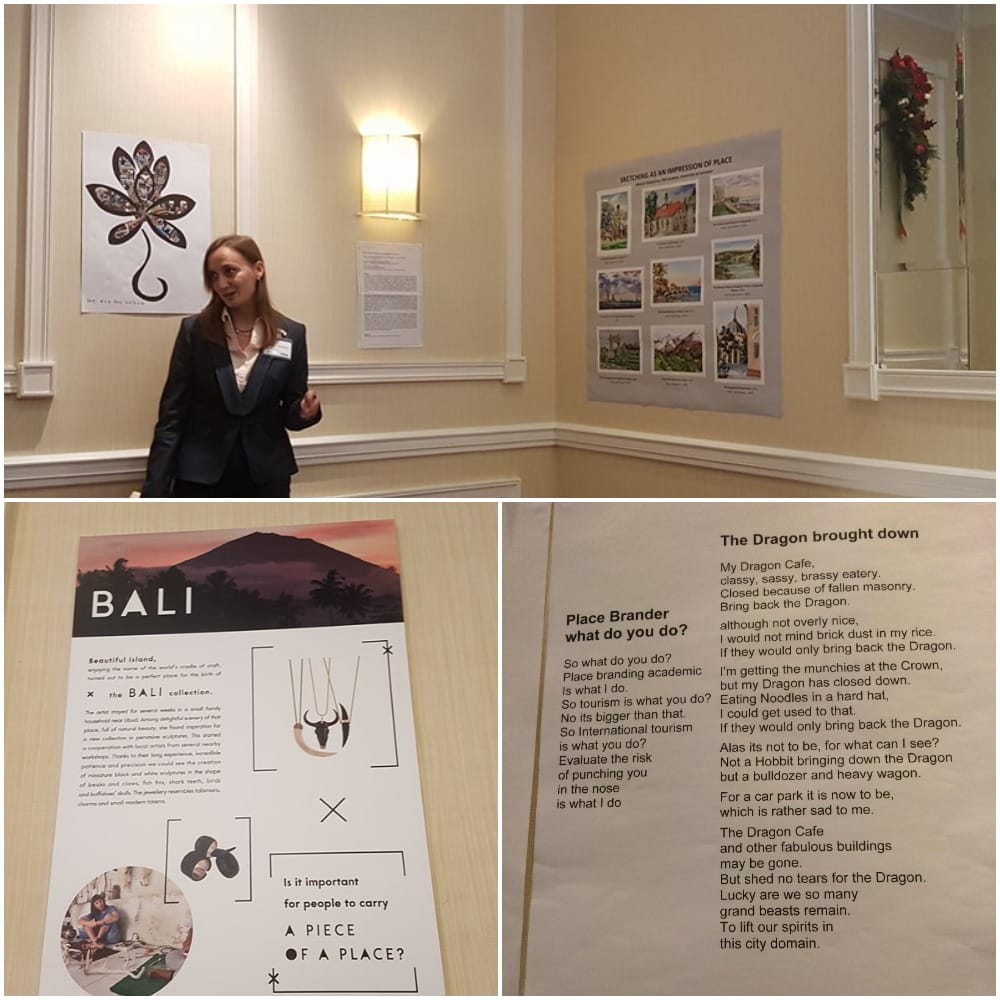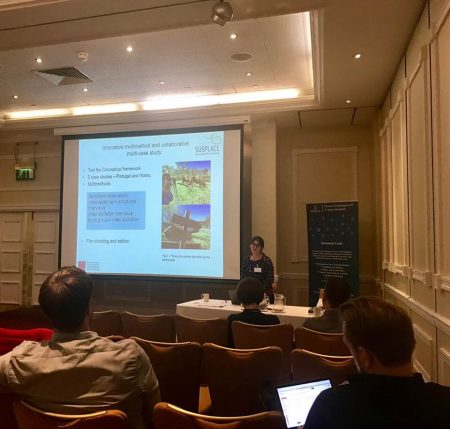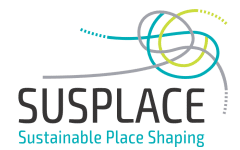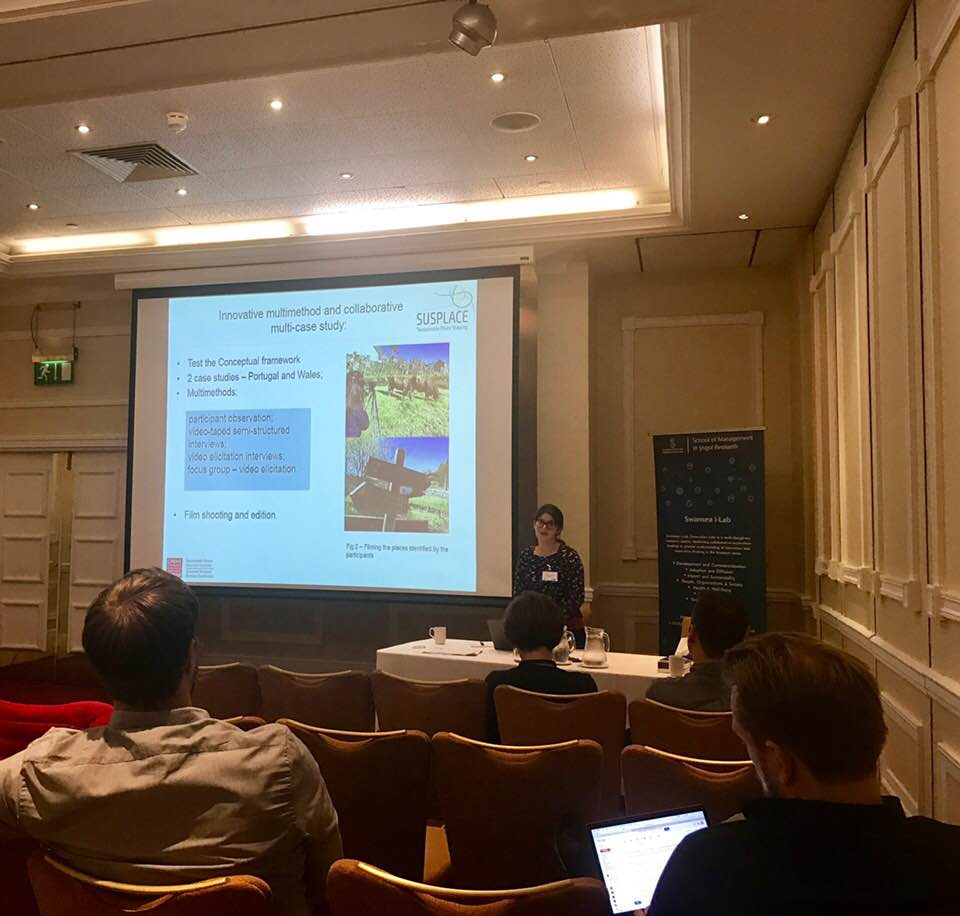
Established in 2015, the International Place Branding Association brings together scholars and practitioners involved and interested in place branding aiming to bring further advancement for the field both theoretically and professionally. I have been following the association work since last year in 2016 when they co-organized the inaugural conference of Place Branding that took place at Middlesex University, in London. Last year, the conference provided me with fascinating and interdisciplinary discussions about my research topic as well as very good advices from the board members of the association. Thus, I decided to attend this year the 2nd IPBA conference in Swansea University as well. I am glad I did it, because it was great. It was almost like re-seeing my “place brand family”, it felt good to see a lot of familiar faces and keep following their work as well as update them on my research advancements. It was also very inspiring (yeah, the two days after the conference I still couldn’t speak about anything else… ask my ‘poor’ colleagues) and in a way it was an energizer that makes me eager to advance my research and share my new findings next year at the 3rd annual IPBA conference in Macau.

Doctoral colloquium
I decided to presented my project at the doctoral colloquium simply because you have more time to present. In addition, there’s a group of field experts (many cited in my work) present, ready to listen and critically discuss your ideas with you. As I am in the second year of my research with some preliminary results from my first case study, I managed to have a very fruitful discussion that will certainly help me to continue and improve my research. After my presentation, I found myself talking to other PhD students or even master students about this format and how great it was for me and I recommended them to the same in the future. I would like to do the same with my readers, so if you are a PhD student at any stage I strongly recommend you to look for doctoral colloquiums that may provide you with safe space for you to test your ideas. I know it might be a bit daunting, it was for me, presenting my ideas that were built on the thoughts of some of the present scholars. But in the end, it was great, I received very good feedback and got reassured of my own research, and I am sure that if this was not the case they would help me to find a better way to keep working on my project.
The Art Gallery
This year the full conference ‘surprised’ us with an art gallery. In between the regular conference format (15 to 20 minutes parallel presentations), we had the opportunity to present or to attend the presentation of peers that are using innovative and arts-based methods in their research. For a first initiative, I think it was quite good, but maybe I am biased because I am using videos in own research (although I did not present my research at the gallery). It was inspiring to see other researchers pushing for the need of using innovative and arts-based methods in research like some of us in SUSPLACE are doing. Actually, besides using videos in my own research I am recently collaborating with a grassroots cultural organization Gentle/Radical that precisely wants to include academic methods in their art projects. I hope that in April I will have some insights to share with you about not only the use of arts in research but also the collaboration with artists to develop research. Regarding the conference art gallery, I would like to highlight Dr. Massimo Giovanardi’s presentation entitled “Cesenatico”: Hosts ambivalence in seasonal destination. He he sang for us a music that reports the seasonality problems of a tourist destination in Italy. For me it was very relaxed and funny way of presenting this issue that may easily reach other audiences than academics. Find the YouTube video below. In addition to the song other interesting projects that were presented at the gallery included place-based poems, some place-based jewelry products or even some drawings about places.

